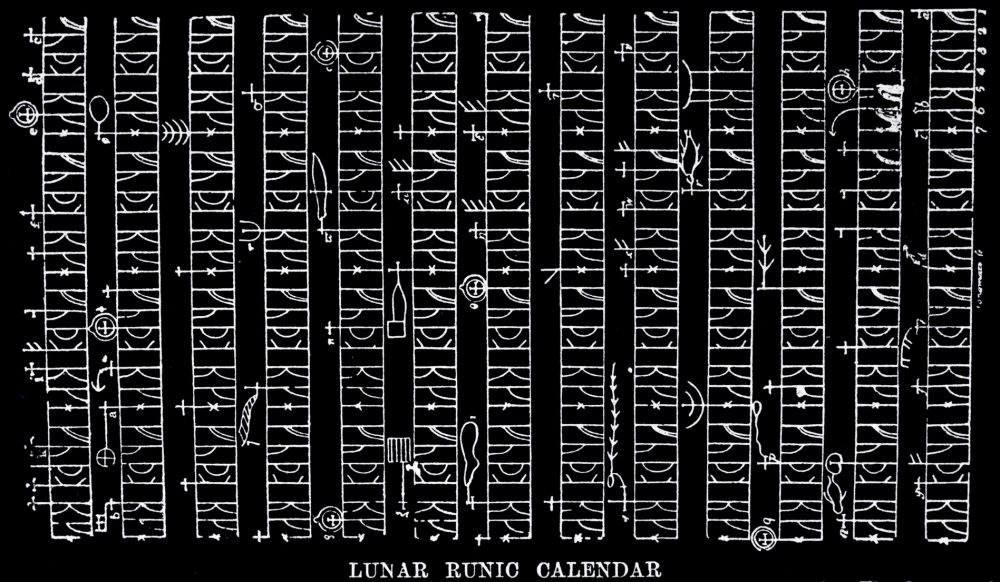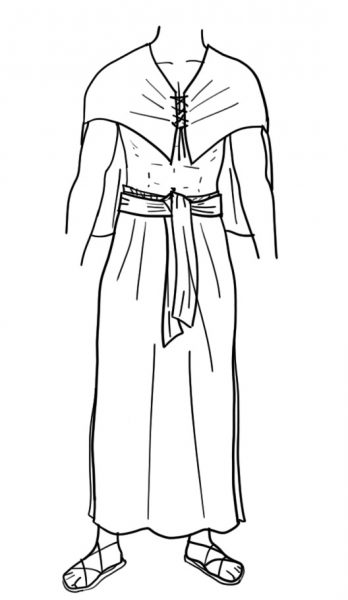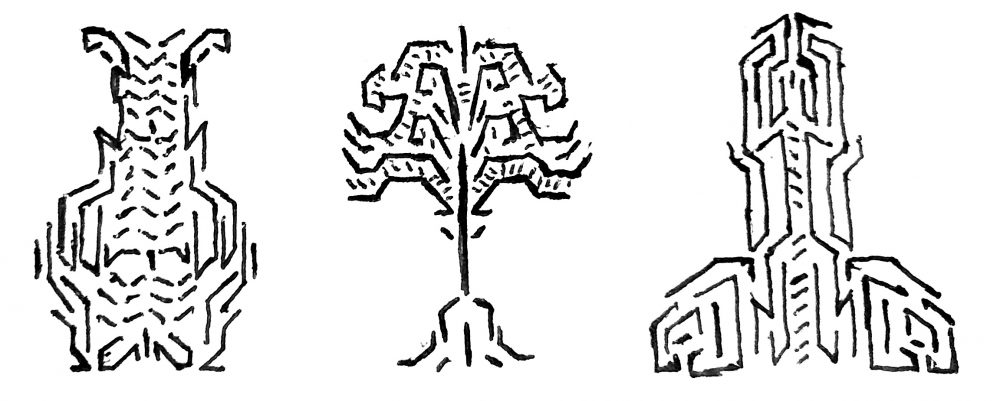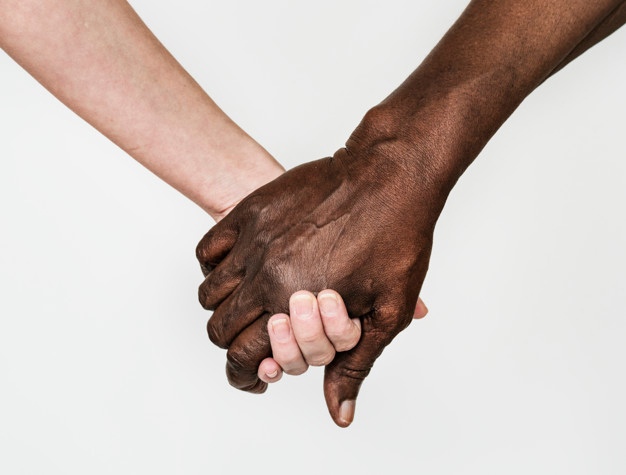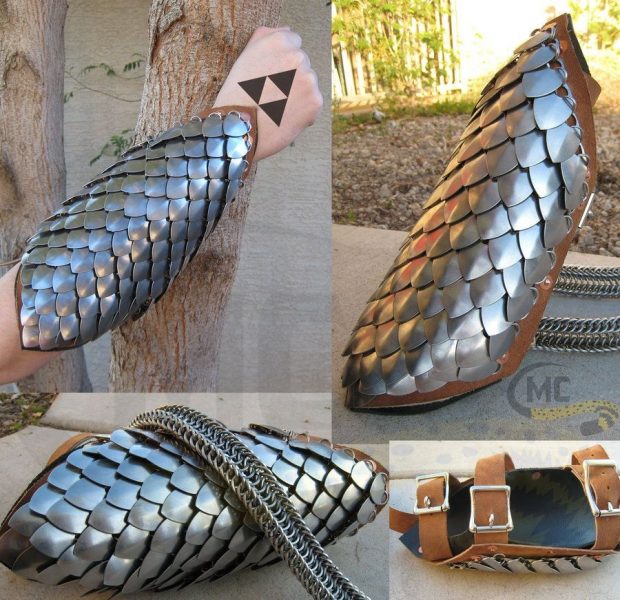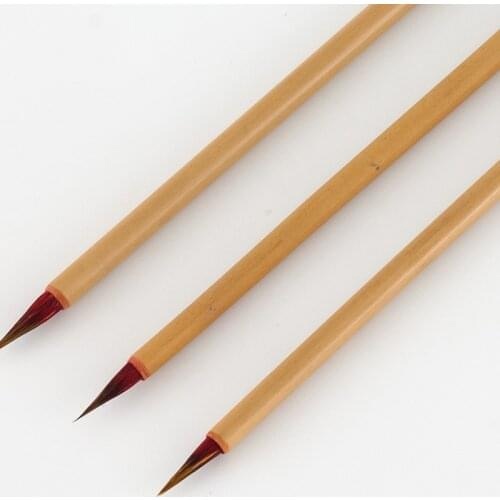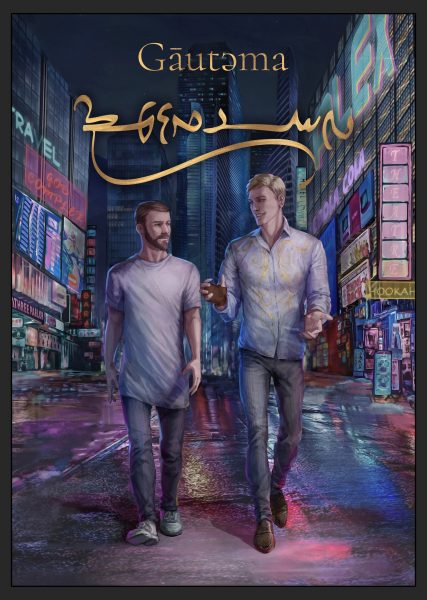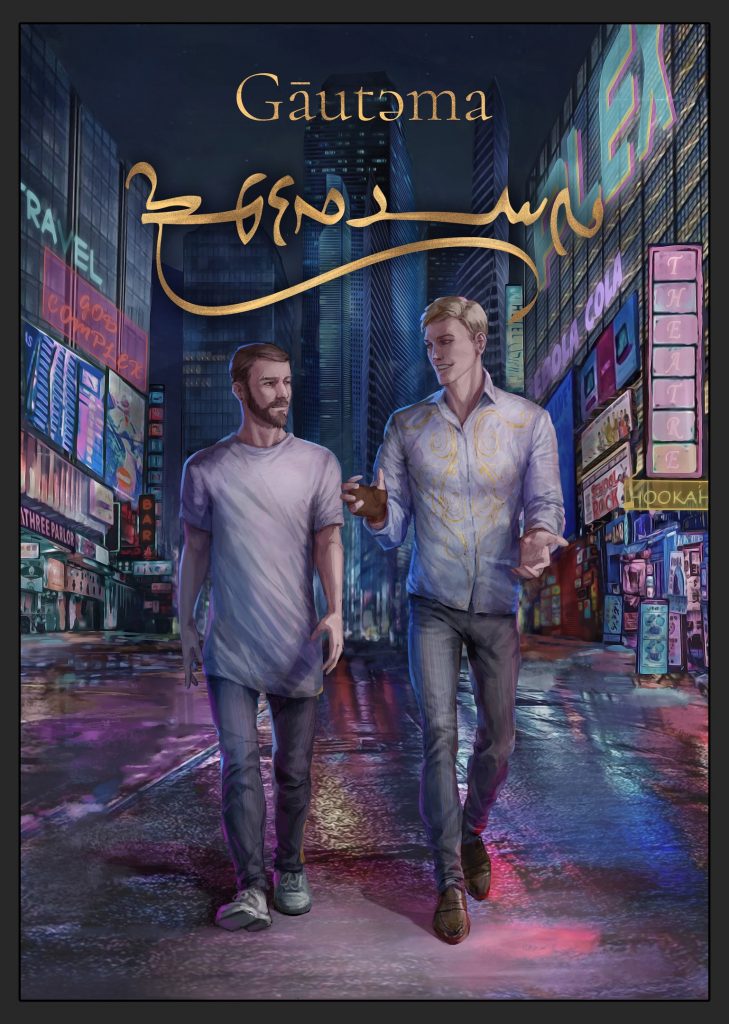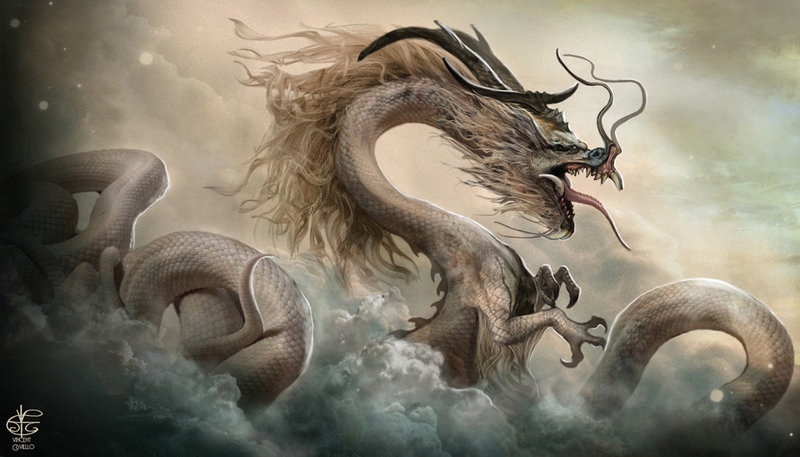We confirm/refute your guesses: yesterday Acherus came to visit us again. And almost at the same time Berenice returned. In short, we had a very good time last night.
And the first thing Acherus showed us was this image that we posted yesterday. Some artist drew him himself - in the form in which he was before changing his body to an alva-shaped one. In all our meetings (of course, there were about four of them, but still) I have never seen him so happy.
“The colors weren’t accurate,” was the only flaw he found in the art. And it’s not surprising: a draghar’s eye sees differently than a human’s or an Alvian’s, which is why Acherus, even if he wanted to, could not explain what exactly he wants to see.
And after talking a little about everything, I plucked up courage and asked him a question that had been tormenting me for a long time. As you can see, there are no wings in the picture - but the East Asian tradition, nevertheless, considers them to fly. And the question is, accordingly: how?.. Of course, I searched on the net and read articles, but they all look like pure speculation.
"We didn't fly that often, actually., answered Acherus. — And when they flew, they... learned to do without wings, so to speak. From a layman's point of view, it looks like this: you make the body light enough so that it can float in air currents. If there is a need for it, then you give yourself an impulse in some direction and begin to move there. We abandoned wings long before I was born, and here I can hardly explain why. One of the reasons, it seems to me, is to make it easier to swim underwater. With wings it would probably be very inconvenient".
And after that, he even stayed overnight with us, even though there were no more places. And, despite all my persuasion and waving of my arms, I lay down on the floor.


